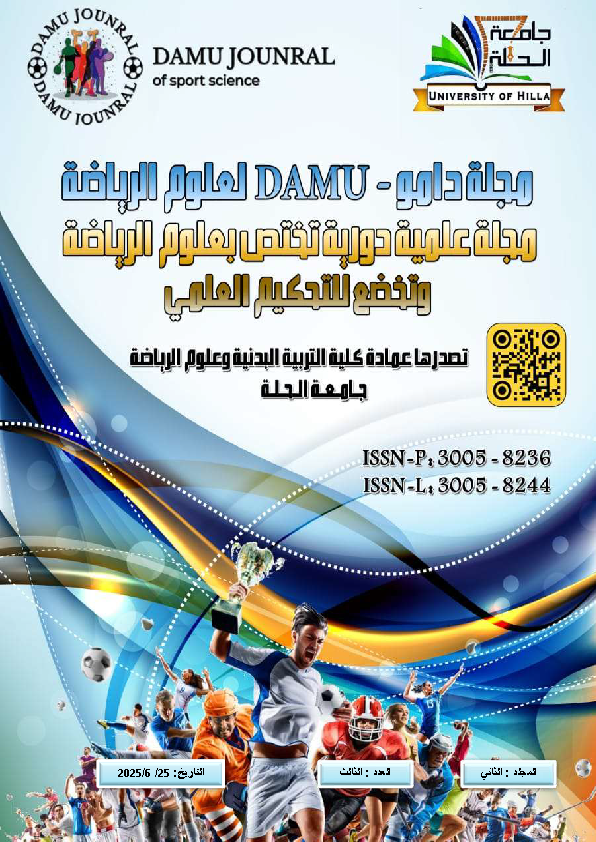The Effect of High-Load Training on Some Anthropometric Measurements, Maximum Strength, and Performance in Young Bodybuilders
DOI:
https://doi.org/10.64002/yed19s15Keywords:
high-loading exercises, anthropometric measurements, maximum strengthAbstract
The most prominent aspect of bodybuilding is the development of muscle strength and mass. This creates a spirit of competition among participating teams and demonstrates their physical, skill, and psychological abilities to reach their highest levels and achieve success. This concept has been adopted in modern training science as a basis for developing strength using high-load training and its impact on anthropometric measurements, types of strength, and performance in young bodybuilders. The use of sensor technologies with (coospo) technology will provide instantaneous heart rates for each exercise, taking into account the difficulty of the training unit and power rates during the exercise. The aim of the study was to identify the effect of the high-loading method on some anthropometric measurements, body composition, maximum strength, and achievement among young bodybuilders. The population of young bodybuilders weighed (75) (10) players, who were selected by simple random drawing (lottery), and (8) players were selected for the sample. The researchers concluded that exercises prepared using the high-loading method increased the maximum strength of the body's muscles, increased muscle circumferences, and reduced the percentage of muscle fat..
Downloads
Published
Issue
Section
License
Copyright (c) 2025 Damu Journal of Sport Sciences

This work is licensed under a Creative Commons Attribution 4.0 International License.








